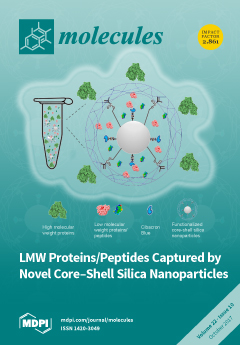1
Department of Analytical and Biophysical Chemistry, Graduate School of Pharmaceutical Sciences, Kumamoto University, 5-1 Oe-honmachi, Chuo-ku, Kumamoto 862-0973, Japan
2
Department of Molecular Cell Biology, Institute of Molecular Embryology and Genetics, Kumamoto University, 2-2-1 Honjo, Chuo-ku, Kumamoto 860-0811, Japan
3
CREST, JST, 4-1-8, Honcho, Kawaguchi, Saitama 332-0012, Japan
4
Graduate School of Environmental Earth Science, Hokkaido University, Kita-10 Nishi-5, Kita-ku, Sapporo 060-0810, Japan
5
Department of Cell Pathology, Graduate School of Medical Sciences, Kumamoto University, 1-1-1 Honjo, Chuo-ku, Kumamoto 860-8556, Japan
6
Graduate School of Pharmaceutical Sciences, Hokkaido University, Kita-12 Nishi-6, Kita-ku, Sapporo 060-0812, Japan
7
Global Station of Soft Matter, Global Institution for Collaborative Research and Education, Hokkaido University, Kita-15 Nishi-8, Kita-ku, Sapporo 060-0815, Japan
8
Laboratory of Molecular Biophysics, Institute for Protein Research, Osaka University, 3-2 Yamadaoka, Suita, Osaka 565-0871, Japan
9
Division of Materials Science and Chemical Engineering, Graduate School of Engineering, Yokohama National University, 79-5 Tokiwadai, Hodogaya-ku, Yokohama 240-8501, Japan
†
Present address: Kentaro Noi, Department of Mechanical Science and Bioengineering, Graduate School of Engineering Science, Osaka University, 1-3 Machikaneyama, Toyonaka 560-8531, Japan
‡
Present address: Naoki Ichikawa-Tomikawa, Department of Basic Pathology, Fukushima Medical University School of Medicine, 1 Hikariga-oka, Fukushima 960-1295, Japan
§
Present address: Motoyoshi Nomizu, Department of Clinical Biochemistry, Tokyo University of Pharmacy and Life Sciences, 1432-1 Horinouchi, Hachioji, Tokyo 192-0392, Japan
‖
Present address: Takashi Saito, Division of Pharmaceutics, Hokkaido Pharmaceutical University School of Pharmacy, 7-15-4-1 Maeda, Teine, Sapporo 006-8590, Japan
add
Show full affiliation list
remove
Hide full affiliation list






